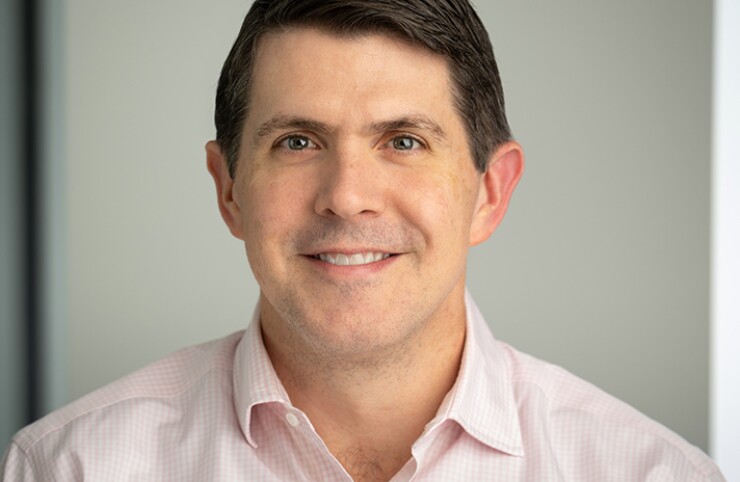North Carolina plugs hole in health plan
2 min read

North Carolina addressed a looming $1.3 billion deficit in health plan funding Friday, as the State Health Plan Board of Trustees approved increased salary-based health care premiums for active employees.
It wasn’t an easy solution, but increases were needed to keep the plan solvent, Briner said. “The goal now is to move forward and focus on ways to improve benefits through transparency and better partnerships and programs to keep our members healthy.”
The increase in premiums was the last of three steps to improve the financial stability of the plan. The state’s general assembly approved and Gov. Josh Stein signed into law an additional $100 million of funding for the plan in 2026. Doctors and health care systems agreed to reduce rates for plan members.
State Health
The board had predicted a $507 million shortfall in calendar 2026 and an additional $800 million shortfall in calendar 2027.
The plan lost $12.1 million in calendar 2024.
Currently employee premiums are not salary based. In the new system, employees making under $50,000 per year who opt for the standard preferred provider organization plan will contribute $35 per month and those making over $90,000 will contribute $80 per month. For the superior coverage of the state’s Plus PPO plan, those making less than $50,000 will pay $66 per month and those making more than $90,000 will pay $160 per month. Those making between $50,000 and $90,000 will contribute intermediate amounts.
Active plan members have seen little change in premiums or benefits for the last seven years, partly because the plan used cash reserves, which are now near depletion, according to a press release from Briner.
The plan provides health care coverage to more than 750,000 teachers, state employees, retirees, current and former lawmakers, state university and community college personnel and their dependents.







